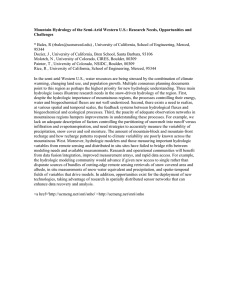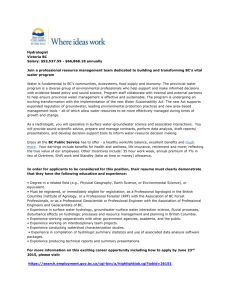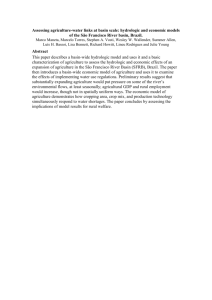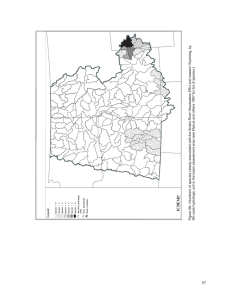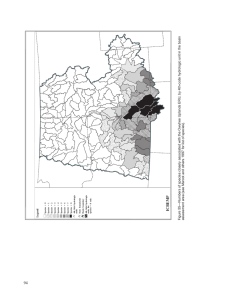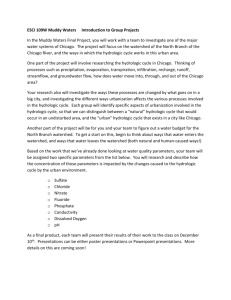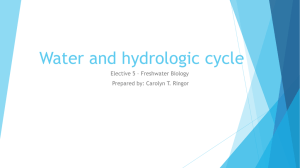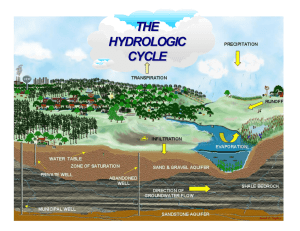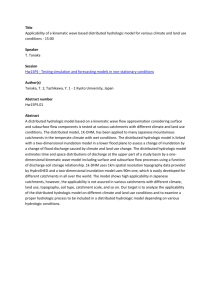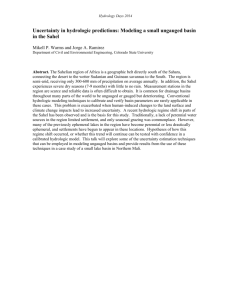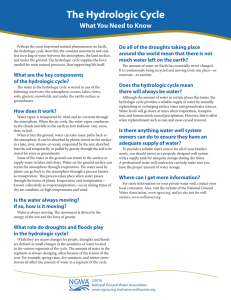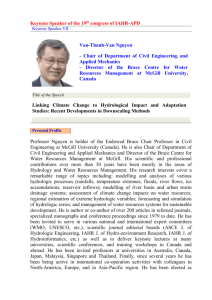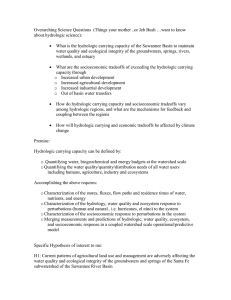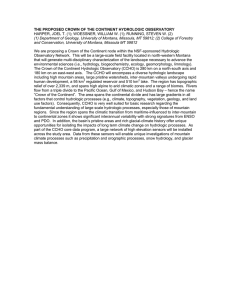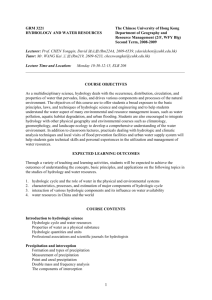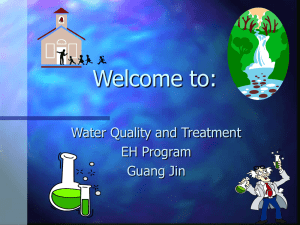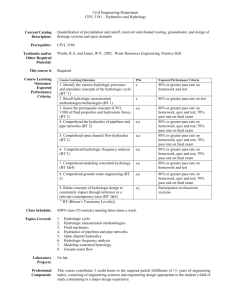The Hydrologic Cycle
advertisement
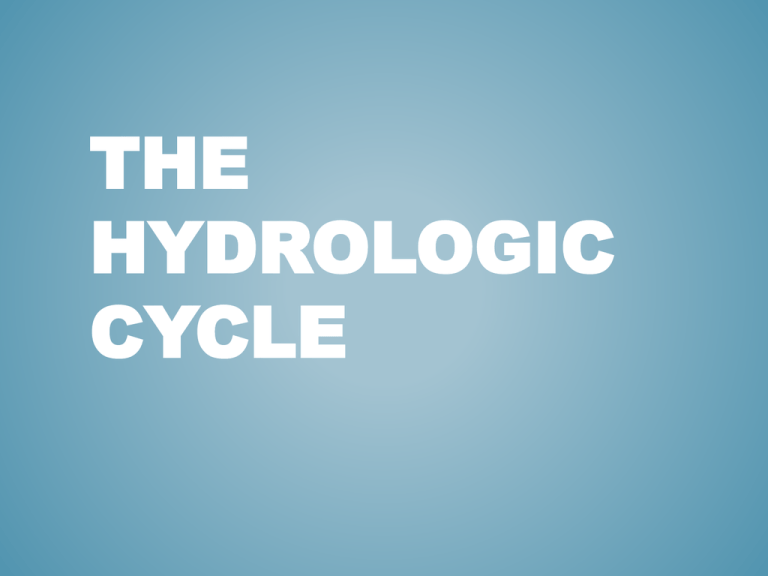
THE HYDROLOGIC CYCLE DISCUSSION QUESTIONS: 1. Why is the hydrologic cycle an important process for Earth? 2. Is there a beginning or end to the hydrologic cycle? Explain. INTRODUCTION: When one looks around at the world and sees all the water on the earth and watches all the rain that falls from the sky, it is easy to believe that there is a constant supply of water for us. However, this isn’t the case. The earth has only a limited amount of water, and it is recycled over and over again in a process called the water cycle, or hydrologic cycle. The water that is present on the earth today has been here for millions of years. It goes through processes of evaporation, precipitation, and percolation. Sometimes the water will be present in a liquid state, sometimes solid, and sometimes gaseous, as molecules rise from the oceans up to the clouds. DISCUSSION: HOW THE CYCLE WORKS? • The hydrologic cycle — also known as the water cycle — is the continuous exchange of water between Earth's surface and the atmosphere. As the planet's natural mechanism for transporting and recycling water, the hydrologic cycle is critical for maintaining conditions on Earth. There are five basic steps within the water cycle: condensation, precipitation, infiltration, runoff, and evapotranspiration. http://earthguide.ucsd.edu/earthguide/diagram s/watercycle/ STUDENT ACTIVITY: In small groups, using grade 9 Geographic regions, answer these questions: • How does the water cycle impact settlement locations? • How does the water cycle impact vegetation? • How does the water cycle impact on the development and extraction of resources? • Account for and explain the precipitation in your region? • How does settlement impact the water cycle?



